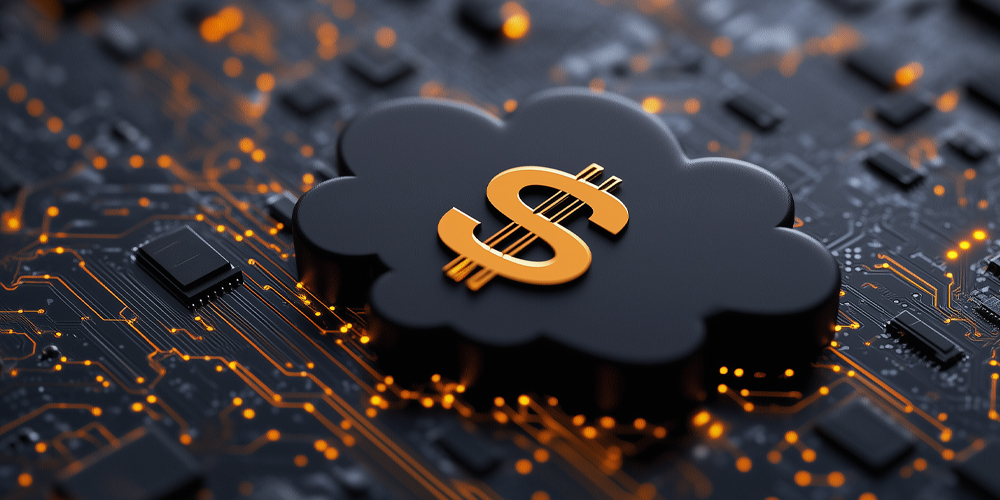Exploring the Future: How IoT is Transforming Everyday Life
Introduction to IoT
The Internet of Things, or IoT, represents a technological revolution connecting everyday objects to the internet. This interconnectivity allows devices to communicate with each other, sharing data and insights that enhance functionality and convenience. As IoT continues to evolve, it profoundly impacts various aspects of our lives, from smart homes to healthcare and agriculture. Understanding how these technologies work helps us appreciate their significance and potential.
The Rise of Smart Homes
One of the most visible transformations brought by IoT is in smart homes. These homes utilize advanced technology to automate tasks and enhance convenience. Home automation systems allow users to control devices remotely through smartphones or voice commands. Smart speakers, lights, and thermostats exemplify this technology, making everyday living more efficient.
Imagine arriving home to a perfectly heated space or having your lights turn on automatically as you enter. With IoT, you can adjust the thermostat from your phone before arriving home. This convenience enhances comfort and energy efficiency, making life simpler for busy individuals.
Smart Appliances
IoT has revolutionized household appliances, making them smarter and more responsive. Smart refrigerators can track food inventory, notify users when items are running low, and even suggest recipes based on available ingredients. These innovations not only reduce food waste but also help users plan meals effectively.
Washing machines can now be controlled through mobile apps, allowing users to start or stop a cycle while away from home. This level of control saves time and provides greater flexibility. By integrating IoT into appliances, households can streamline their daily routines and improve overall efficiency.
Enhancing Security with IoT
IoT technology significantly improves home security, making it easier for homeowners to monitor their properties. Smart cameras and alarms provide real-time monitoring and notifications. Users receive alerts on their smartphones if any unusual activity is detected, allowing for prompt action.
Moreover, smart locks offer keyless entry. Homeowners can grant access to visitors remotely, ensuring security and convenience. This feature is especially beneficial for those who frequently have guests or service providers entering their homes.

Smart Surveillance Systems
Smart surveillance systems have become more accessible and effective due to IoT advancements. High-definition cameras can be accessed remotely, enabling users to check their property from anywhere. Many systems come equipped with motion detection and night vision capabilities, further enhancing security.
This technology not only deters potential intruders but also provides peace of mind for homeowners. With the ability to monitor their homes in real-time, individuals feel safer and more secure.
IoT in Healthcare
The healthcare sector is another area transformed by IoT. Wearable devices like smartwatches and fitness trackers monitor health metrics such as heart rate, sleep patterns, and physical activity. This data empowers users to take charge of their health and make informed decisions.
Telemedicine has also benefited from IoT advancements, allowing patients to consult healthcare providers remotely. This is particularly valuable for individuals in rural areas or those with mobility challenges. By reducing the need for in-person visits, telemedicine enhances access to healthcare services.
Remote Patient Monitoring
Remote patient monitoring systems leverage IoT to track patients’ vital signs and health conditions in real-time. These systems allow healthcare professionals to monitor patients’ conditions from a distance, facilitating timely interventions when necessary. This is especially important for patients with chronic illnesses who require consistent monitoring.
By utilizing IoT, healthcare providers can offer personalized care tailored to each patient’s needs. This approach leads to better health outcomes and more efficient healthcare delivery, ultimately improving patients’ quality of life.
IoT in Transportation
Transportation is another field where IoT is making significant advancements. Smart vehicles equipped with sensors can communicate with traffic systems, optimizing traffic flow and reducing congestion. This technology enhances safety by providing real-time information about road conditions and potential hazards.
Additionally, ride-sharing platforms leverage IoT for efficient route planning. Users can track vehicles in real-time, ensuring a smoother travel experience. This convenience contributes to a more efficient transportation ecosystem, benefiting both riders and drivers.
Smart Public Transportation
Public transportation systems are also benefiting from IoT technologies. Buses and trains equipped with IoT sensors provide real-time updates to passengers, allowing them to access information on arrival times and delays through mobile apps. This level of transparency enhances the overall travel experience and empowers users to make informed decisions about their commutes.
Furthermore, smart ticketing systems streamline the payment process, making it easier for commuters to board public transport. By integrating IoT into transportation systems, cities can create more efficient and user-friendly transit options.
The Role of IoT in Agriculture
Agriculture has seen significant improvements due to IoT technologies. Smart sensors monitor soil conditions, weather patterns, and crop health. This data-driven approach enables farmers to make informed decisions, optimizing resource usage and improving yields.
Precision agriculture helps farmers apply water, fertilizers, and pesticides more effectively, reducing waste and environmental impact. By utilizing IoT, farmers can enhance productivity while minimizing their ecological footprint.
Automated Irrigation Systems
Automated irrigation systems use IoT to deliver water precisely when needed. Sensors detect soil moisture levels and adjust watering schedules accordingly. This minimizes water waste while ensuring crops receive adequate hydration. Farmers can monitor their irrigation systems remotely, making adjustments as needed to optimize water usage.
By embracing IoT, farmers can enhance productivity and sustainability in their practices. This technology not only improves crop yields but also contributes to the long-term health of the environment.
Impact on Retail
The retail sector is also experiencing a transformation thanks to IoT. Smart shelves equipped with sensors track inventory levels in real-time, allowing retailers to restock items proactively and minimizing lost sales due to out-of-stock products. This level of responsiveness enhances customer satisfaction and loyalty.
Moreover, personalized shopping experiences are becoming more common. IoT enables retailers to analyze customer behavior and preferences, allowing for tailored promotions and recommendations. This data-driven approach enhances the shopping experience, making it more engaging and relevant for consumers.
Enhanced Customer Experience
IoT technology enhances the overall customer experience in retail. In-store navigation apps help shoppers locate products quickly and efficiently. Additionally, smart payment systems streamline the checkout process, reducing wait times and improving convenience.
By integrating IoT into retail, businesses can foster customer loyalty and satisfaction. Providing personalized experiences and efficient service encourages repeat business and positive word-of-mouth.
The Challenges of IoT Adoption
Despite its numerous benefits, IoT adoption comes with challenges. Security concerns are among the most significant. With more devices connected to the internet, the risk of cyberattacks increases. Vulnerabilities in IoT devices can lead to unauthorized access and data breaches.
Ensuring data privacy is also crucial. Organizations must implement robust security measures to protect user information, including encryption, regular software updates, and secure authentication protocols. Building trust with consumers is essential for the successful adoption of IoT technologies.
Interoperability Issues
Another challenge is interoperability. Many IoT devices come from different manufacturers, leading to compatibility issues. Establishing industry standards can facilitate seamless communication between devices, ensuring a more cohesive IoT ecosystem.
Collaboration among manufacturers is essential for overcoming these challenges. By working together, they can create interoperable devices that enhance the overall functionality of IoT systems.

The Future of IoT
The future of IoT holds immense potential. As technology advances, we can expect even greater integration into our daily lives. Smart cities will emerge, leveraging IoT for efficient resource management and improved living conditions. These cities will use data from connected devices to optimize services such as waste management, energy distribution, and traffic control.
Moreover, advancements in artificial intelligence will enhance IoT capabilities. AI can analyze vast amounts of data from connected devices, providing valuable insights that drive decision-making. This synergy between IoT and AI will lead to smarter, more responsive systems across various sectors.
Environmental Impact
IoT also plays a role in addressing environmental challenges. Smart systems can optimize energy usage in homes and businesses, leading to reduced carbon footprints and more sustainable practices. For example, smart grids allow for efficient energy distribution, balancing supply and demand effectively.
As awareness of climate change grows, IoT will become a vital tool for environmental conservation. By optimizing resource usage and promoting sustainable practices, IoT can contribute significantly to global efforts to combat climate change.
Conclusion
The Internet of Things is transforming everyday life in profound ways. From smart homes to healthcare, IoT enhances convenience, efficiency, and sustainability. However, addressing challenges such as security and interoperability is essential for widespread adoption.
As we look to the future, embracing IoT will undoubtedly shape a smarter, more connected world. By leveraging its potential, we can improve our lives while contributing to a sustainable future. The possibilities are endless, and as IoT technology continues to evolve, it will open new doors for innovation and progress in various sectors.




